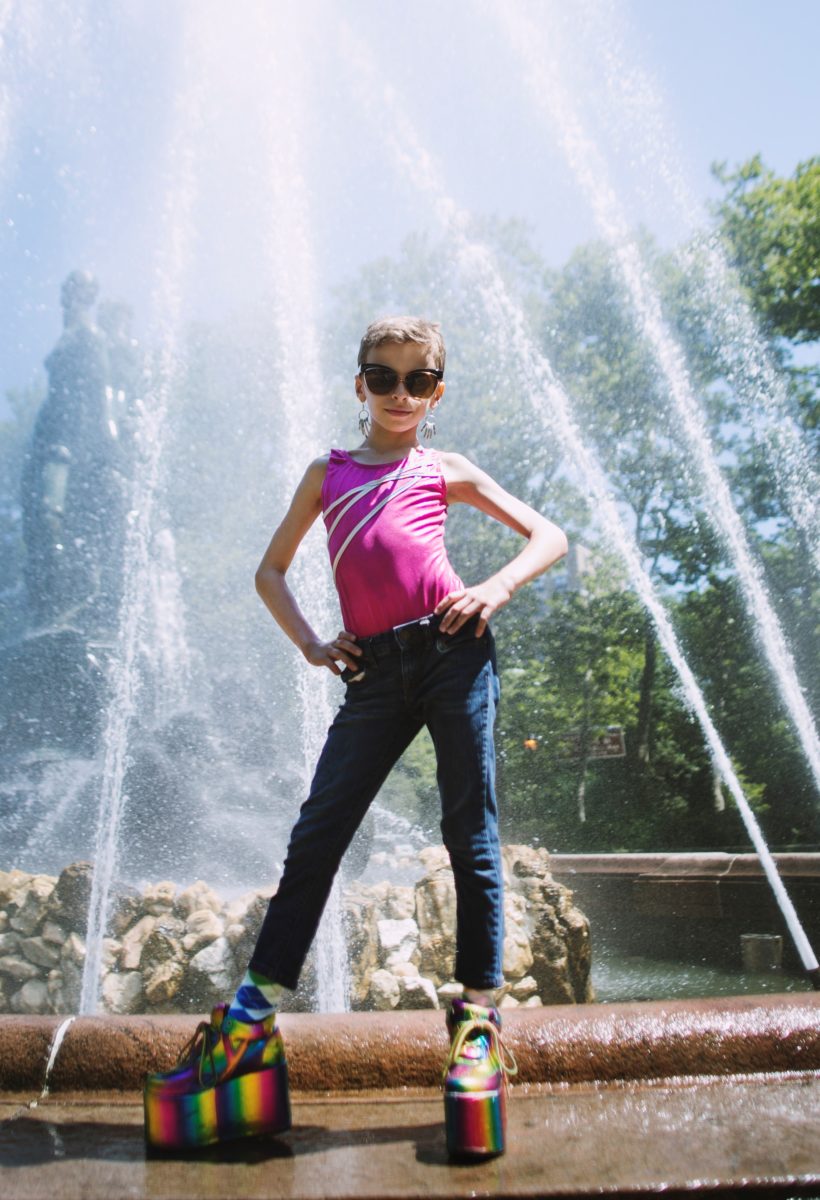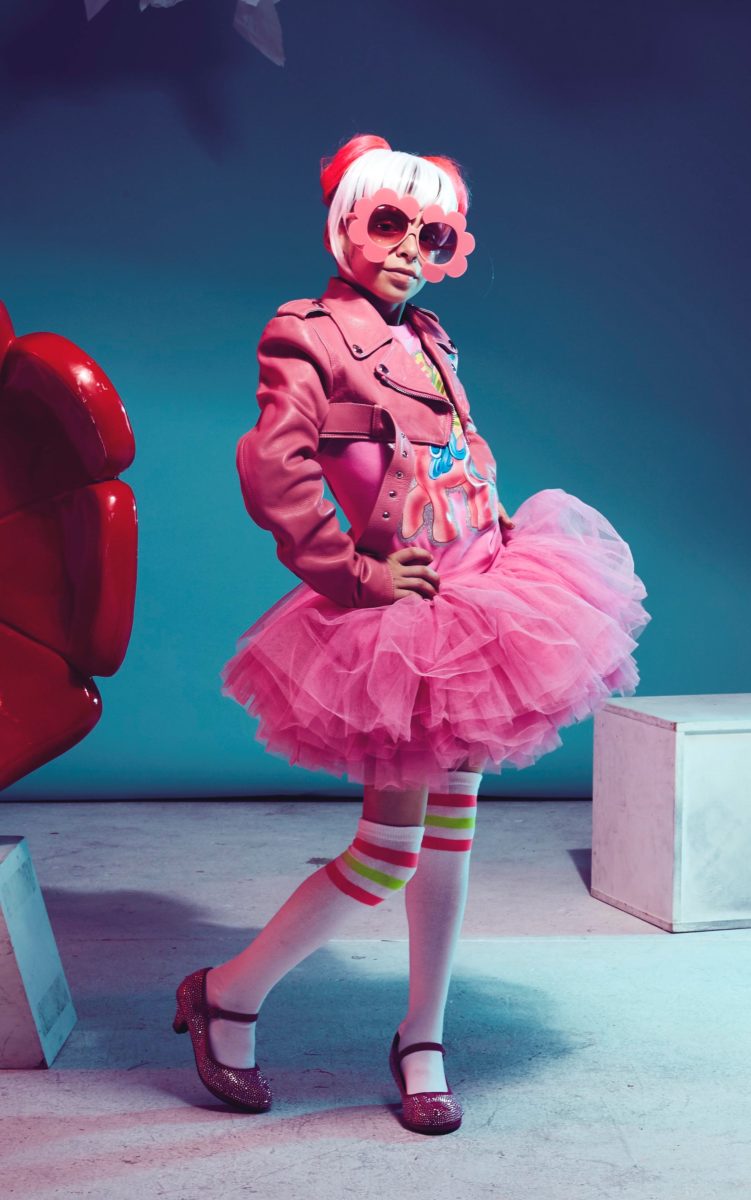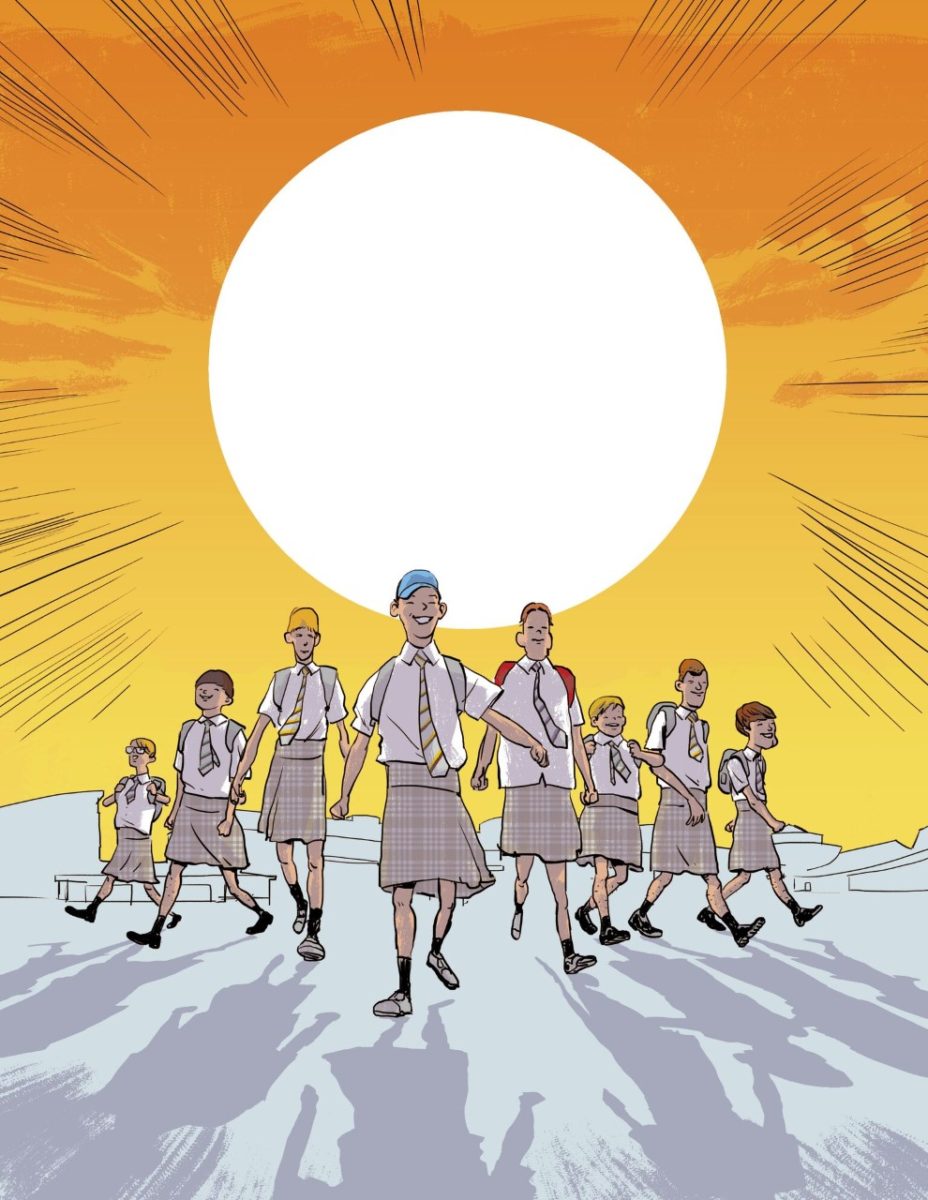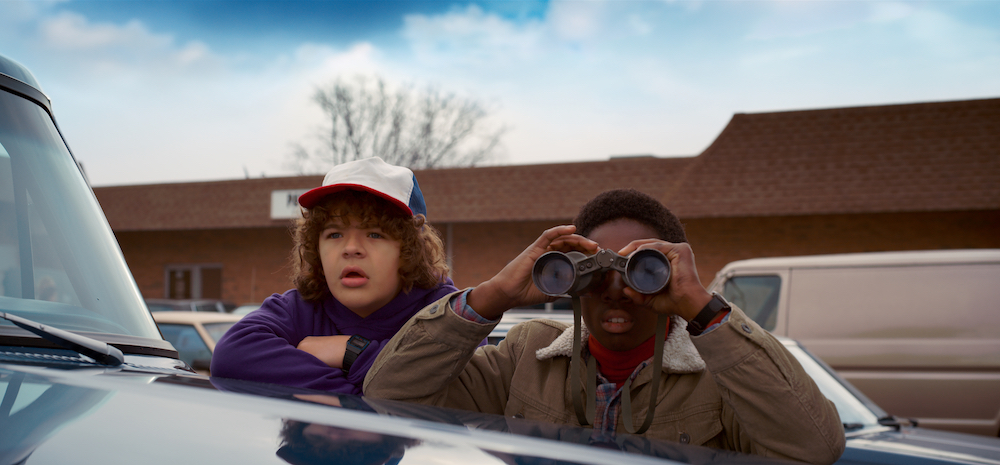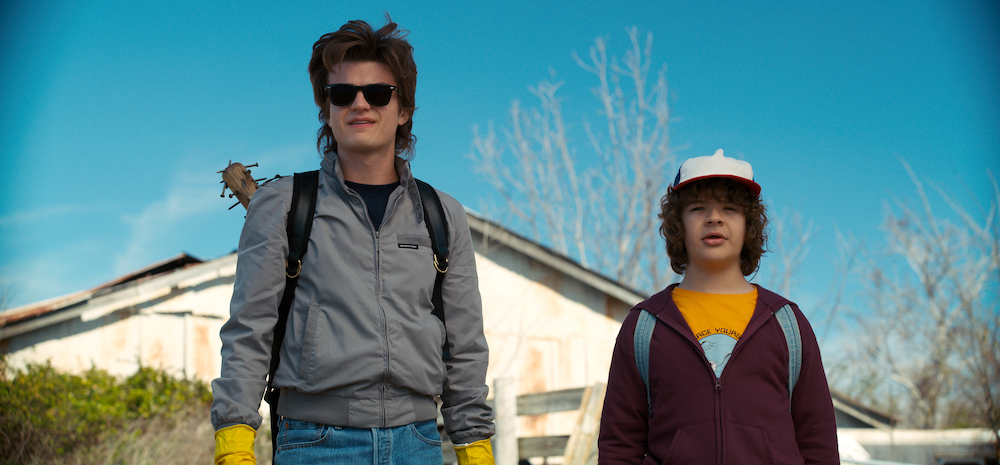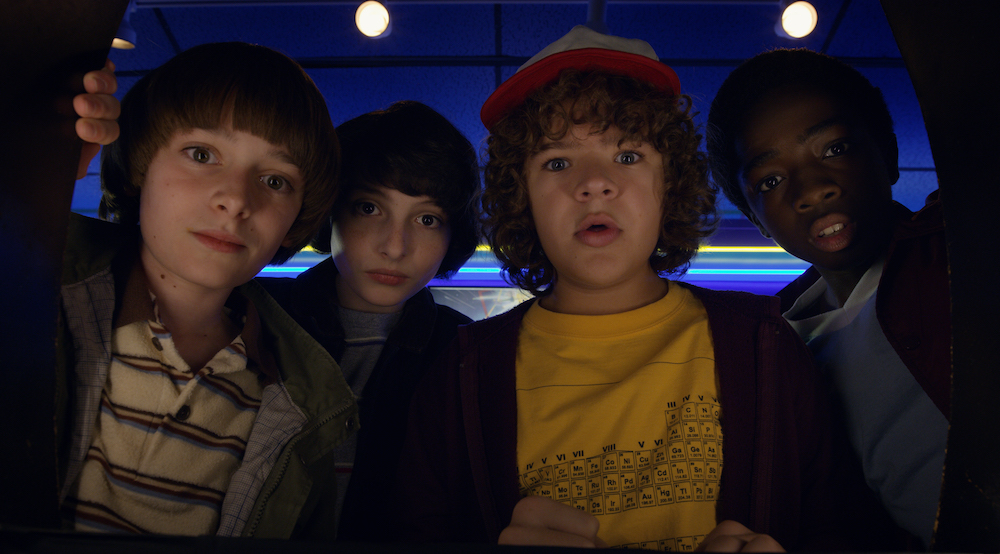
Usually, when a baby is born, the first thing parents are asked is “Is it a boy or a girl?” This is an indication of the importance that is placed on gender from the very beginning. This first label is a powerful one, whose authority can be felt throughout the rest of the child’s life.
In 2017, the National Geographic published an article by photographer Robin Hammond, in which he took portraits of eighty nine-year-olds from across the globe and asked them about the different gender expectations they faced. Almost every child spoke of a consciousness of the things they were and were not able to do as a result of their gender, hyper-aware of the imposed limits even at the age of nine.
Tomee War Bonnet from South Dakota believed that, “The worst thing about being a girl is that you just can’t do things that boys can do,” but Lucas Muller from Brazil felt that even as a boy, some freedoms were closed off to him, saying, “I can’t get involved with girls’ secrets.”
While gendered upbringing is still, at least for now, the norm, many parents are choosing to raise their children with a neutral approach to gender, choosing unisex clothing, toys and entertainment, hoping to create an atmosphere of acceptance and choice that lets the child freely form their own identity.
This is, at its foundation, an acknowledgement that children are able to know their own minds from the beginning. Among the children interviewed by National Geographic was Avery Jackson from Missouri, US, who became the first trans person to be featured on its cover, having lived as a girl since the age of five. Jackson is evidence that young children are able to be the definitive voice when it comes their own identity.
“The best thing about being a girl,” Jackson said, “is that I don’t have to pretend to be a boy anymore.”
However, many parents worry about children who don’t conform. The 2018 film, A Kid Like Jake
, depicts a family who are struggling to find a supportive school for four-year-old son, Jake, as they realize that he may not be entirely comfortable with the masculine gender assigned to him at birth.
With much of the film revolving around the everyday settings and mundanity of daily tasks, it could be arguing for the normalcy of such a child. However the camera’s focus is securely placed on the parents rather than the son, with Jake frequently appearing with his back to the camera, off-centre or just as a disembodied voice. As Jake’s parents worry about his being labelled and misunderstood, wondering whether they should have brought him up differently, it is easy to see how the parental desire to protect may lead to the child’s feeling that they are not accepted and that they do not belong.
In his photography series You Get Me? artist Mahtab Hussain speaks of the damage that can be done when young boys feel unrepresented or misrepresented by the media in the society they grow up in. With portraits and interviews from young British-Asian men and boys, Hussain points out a lack of representation leads to a feeling of unbelonging. Hussain’s project points out the danger in making boys and young men conform to expectations which leave them feeling unseen. You can read more about the project in the current issue of Elephant.
- Desmond Napoles, 2019. Photo by Noah Chiet (left) and Aaron Williams (right)
Desmond Napoles is an eleven-year-old drag performer from New York, who is, his website claims, “an inspiration to many and a representation of hope for the future to come”. An LGBTQ advocate, one of his many ambitions is to start a community for “drag kids”, where other children who enjoy exercising their gender fluidity can find representation and belonging without feeling the need to conform.
The recognition of the need to widen representations of masculinity which both describe and are aimed at children is being taken up across visual culture. Children’s books like Jacob’s New Dress and Julian Is a Mermaid intend to show boys that non-conforming is normal, as well as to demonstrate to adults that, from a young age, children know their own minds.
- Quinton Winter, Boys from the ISCA Academy (left); Stephen Hawking (centre); Frank Ocean (right) from Stories for Boys Who Dare to Be Different
Stories for Boys Who Dare to Be Different is another book which shows boys that heroes are not just the men who charged into the world with swords and guns. Artist Quinton Winter literally illustrates that alternative masculinities have always existed, if society would only pay attention to them. With simple colours and bold black lines, his drawings introduce the next generation to a whole new set of rule-breaking role models, from Steve Irwin to Ai Weiwei.
- Stranger Things, Season Two. Now streaming on Netflix UK
Alternative masculinities can also be seen in television. Netflix’s The Chilling Adventures of Sabrina features a non-binary teenager played by actor Lachlan Watson
, and the hugely popular TV series Stranger Things, which will see its third series in July, has been particularly praised for demonstrating alternative and complex burgeoning masculinities.
While set in the eighties era that made television and movie gender tropes canon (a brain, an athlete, a basket case), there is, in Stranger Things, a disruption of these classic roles. The storyline follows a group of pre-teen boys who witness the adult and teenage male characters battle with their own vulnerabilities and destructive masculinities, whilst battling mythical monsters. The female star of the show is a tomboy, and, in a subversion of fairy-tale tradition, it is the boys who need rescuing. Ultimately, the show is about a group of misfits, both children and adults, overcoming the need to fit in and consequently finding a place to belong and people to belong to.
